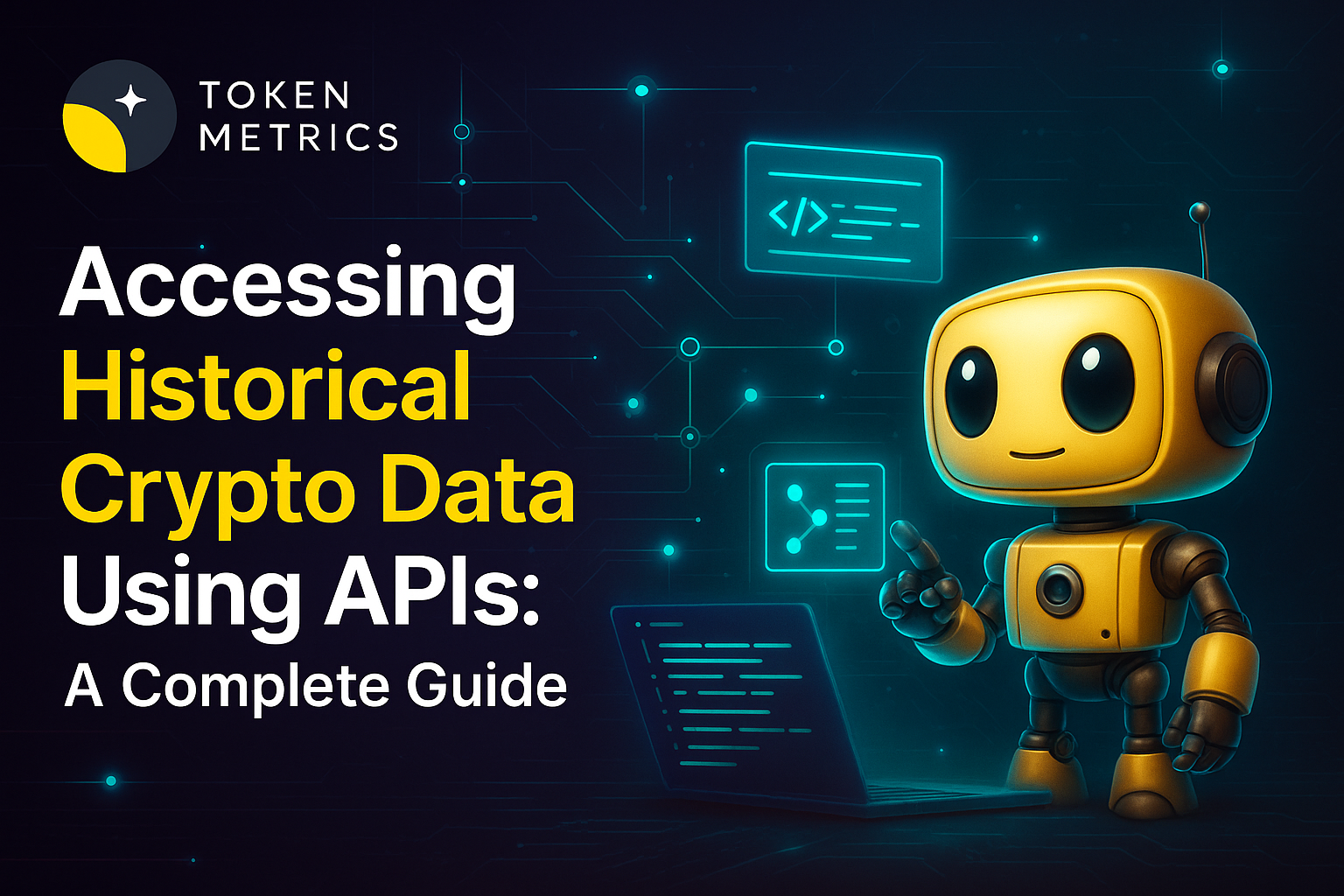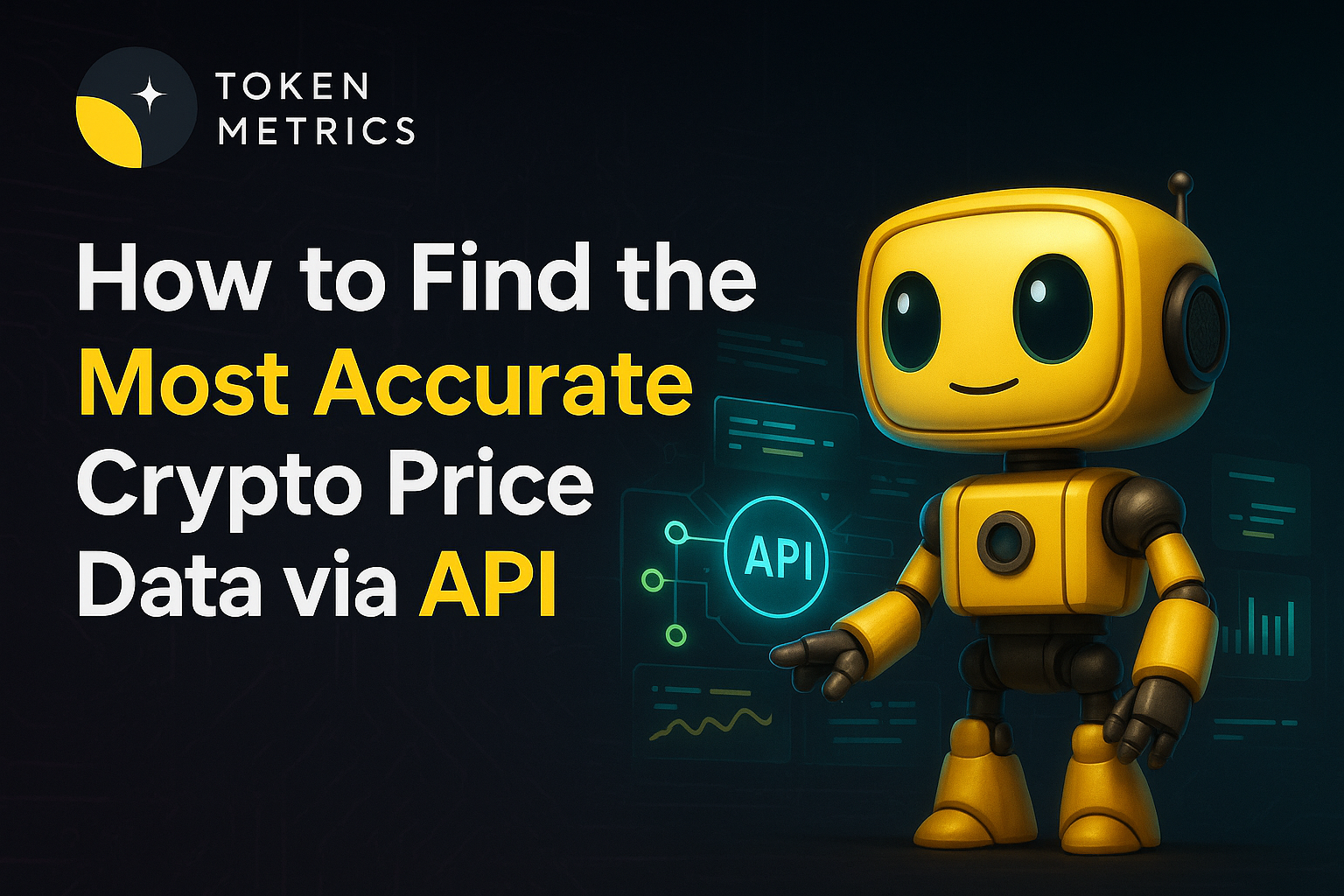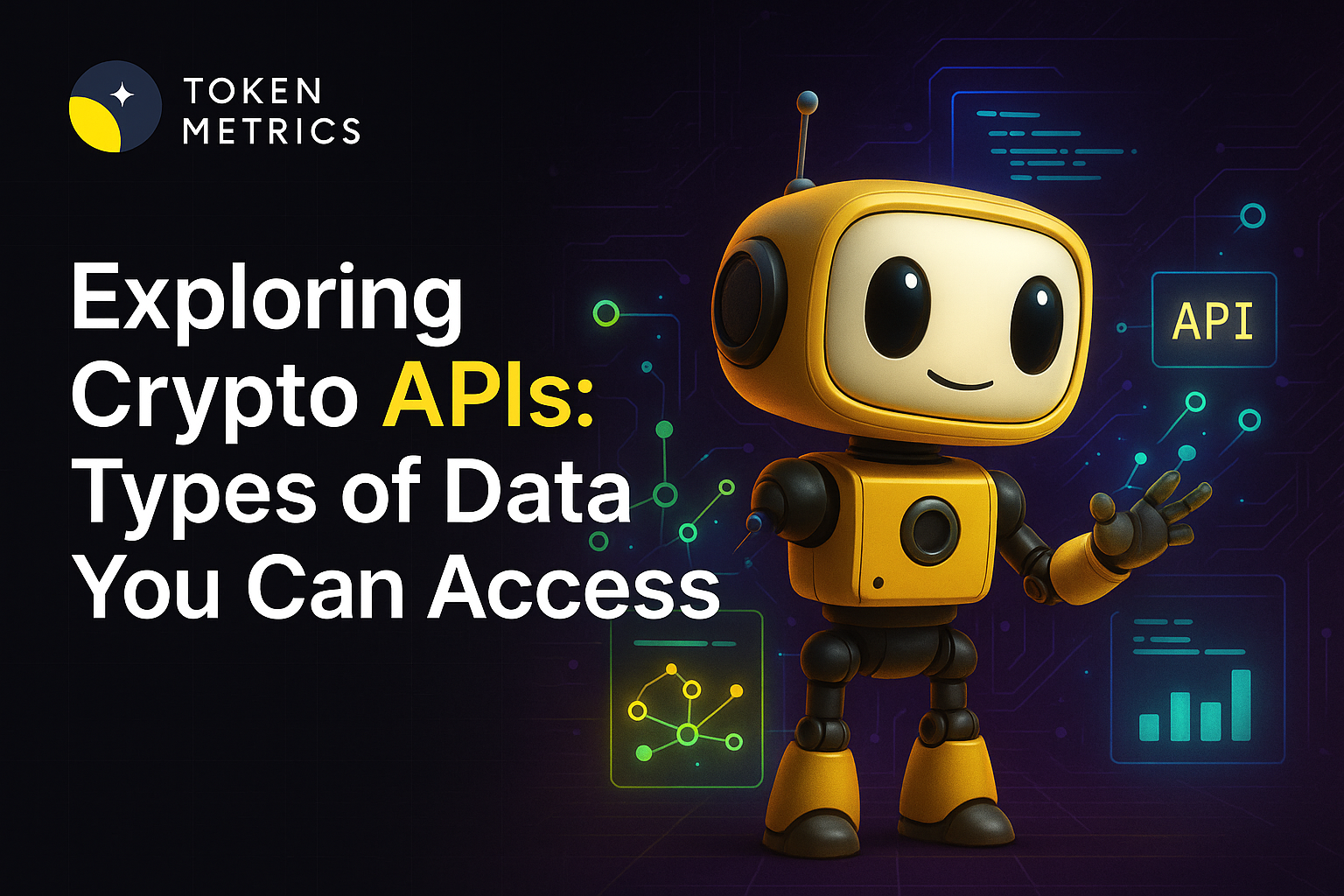What is Ethereum 2.0? - Complete Analysis of Future Roadmap

Cryptocurrency enthusiasts and investors alike have been eagerly watching the development of Ethereum 2.0, also known as Eth2 or "Serenity."
This major update to the Ethereum blockchain promises to deliver a faster, more secure, and more scalable platform that can address the growing demand for decentralized applications (dApps) and services.
But what exactly is Ethereum 2.0, and what changes will it bring? Let's delve into it!
Ethereum's Journey So Far
Before we dive into Ethereum 2.0, it's crucial to understand where Ethereum comes from. Launched in 2015 by Vitalik Buterin, Ethereum introduced a new way of leveraging blockchain technology.
Unlike Bitcoin, which mainly serves as digital money, Ethereum brought about the concept of smart contracts, which are self-executing contracts with the terms of the agreement directly written into lines of code.
These smart contracts powered the rise of decentralized applications (dApps), leading to Ethereum's popularity.
However, as the network started to grow, it became evident that it would face issues with scalability, security, and energy efficiency, which Ethereum 2.0 aims to address.
What is Ethereum 2.0?
Ethereum 2.0, is an upgrade to the existing Ethereum blockchain. This upgrade is significant because it's not just a few tweaks here and there - it's a complete overhaul of the network, aiming to improve its speed, efficiency, and scalability while maintaining decentralization and security.
Key to the Ethereum 2.0 upgrade are two main technical changes:
Proof-of-Stake (PoS): Ethereum 2.0 is switching its consensus mechanism from Proof-of-Work (PoW), where miners solve complex mathematical problems to validate transactions and create new blocks, to Proof-of-Stake (PoS).
In PoS, validators are chosen to create new blocks based on the amount of Ethereum they hold and are willing to 'stake' as collateral.
Sharding: To address scalability issues, Ethereum 2.0 will introduce shard chains. Instead of having every transaction processed on the main Ethereum chain, sharding will create 64 new chains to process transactions and smart contracts parallelly, significantly increasing network capacity.
Why Move to Ethereum 2.0?
The primary motivators for transitioning to Ethereum 2.0 stem from the limitations that have emerged as Ethereum has grown.
High transaction fees and slow processing times are two significant challenges facing the Ethereum network. These are mainly due to its existing consensus mechanism, Proof-of-Work (PoW), which demands significant computational power and energy, making it less efficient and scalable.
The current Ethereum network (Layer 1) is capable of processing only about 15 transactions per second (TPS), which is insufficient considering the rising demand for its platform.
Ethereum 2.0, with its shift to Proof-of-Stake (PoS) and the implementation of shard chains, will significantly increase its transaction speed and capacity, reduce costs, and improve energy efficiency, making the network more scalable and sustainable in the long term.
Also Read - Is Ethereum Dead?
Ethereum vs Ethereum 2.0
While the original Ethereum has been groundbreaking, introducing the world to smart contracts and dApps, Ethereum 2.0 is set to take it to a new level.
In Ethereum, all transactions rely on the same single chain, which can lead to congestion and high transaction fees. On the other hand, Ethereum 2.0 will implement shard chains, dividing the network into 64 smaller chains that can process transactions and smart contracts parallelly, greatly improving the network's performance.
Moreover, Ethereum 2.0 will shift from the energy-intensive PoW consensus mechanism to PoS. In the PoS model, validators are selected to create new blocks based on their stake in the network, which is less energy-intensive and more secure, as it discourages malicious activity by making it expensive and counterproductive.
The Roadmap to Ethereum 2.0
The Ethereum 2.0 upgrade is not happening overnight. It's a multi-year journey divided into several phases:
Phase 0 - Beacon Chain: Launched in December 2020, the Beacon Chain introduced the PoS consensus mechanism. The Beacon Chain is running parallel to the existing Ethereum network, preparing it for the next phase.
Phase 1 - Shard Chains: Expected in 2023, this phase will see the introduction of 64 shard chains. This won't yet support accounts or smart contracts but will allow the storage of data.
Phase 1.5 - Merging: The existing Ethereum network (ETH1) and Beacon Chain (ETH2) are expected to merge, signaling the end of Proof-of-Work for Ethereum. This phase is expected to be in late 2023 or early 2024.
Phase 2 - Execution Environments: This final stage will make shard chains fully functional, enabling them to process transactions and smart contracts. The exact timeline is unclear but may happen in 2024 or later.
The Impact of Ethereum 2.0
The move to Ethereum 2.0 has massive implications for the Ethereum network and the broader crypto ecosystem:
Increased Scalability: With the implementation of shard chains, Ethereum's ability to handle transactions will increase drastically, reducing fees and improving user experience.
Energy Efficiency: The switch from PoW to PoS is a significant step towards energy efficiency, addressing one of the biggest criticisms of blockchain technology.
Security Enhancements: Ethereum 2.0 introduces several security enhancements like the slashing mechanism where dishonest validators lose their staked Ether.
Impact on Ether's Value: The upgrade could impact Ether's value. Staking encourages holding, potentially driving up demand for Ether. However, this is speculative and many factors could influence Ether's price.
Future Outlook of Ethereum Ecosystem
With Ethereum 2.0 on the horizon, the future of the Ethereum ecosystem seems promising. Ethereum 2.0's improved scalability, speed, and security could further solidify Ethereum's position as the go-to platform for dApps and smart contracts, making it even more appealing for developers.
Moreover, the PoS consensus mechanism introduces an element of passive income generation for Ethereum holders who choose to stake their Ether, which could attract more users and investors to the ecosystem.
However, it's essential to note that the successful implementation of Ethereum 2.0 is not without challenges. The upgrade is a complex process, and potential technical difficulties or delays could impact Ethereum's price and its user base's confidence.
Also, competitors like Cardano and Polkadot, which already operate on a PoS consensus mechanism, are eyeing to capture a share of Ethereum's market.
Therefore, while the future of Ethereum seems promising, it is not devoid of challenges and uncertainties. As we inch closer to the complete rollout of Ethereum 2.0, staying updated and adapting to changes will be crucial for users, developers, and investors alike.
Frequently Asked Questions
Q1. When will Ethereum 2.0 be fully launched?
The exact timeline for Ethereum 2.0's full launch is uncertain, with the final phase expected to be implemented around 2024 or later. However, this is subject to change depending on development progress and unforeseen challenges.
Q2. Can I still use my Ether (ETH) during the transition to Ethereum 2.0?
Yes, you can still use your Ether as usual. The transition to Ethereum 2.0 is designed to be smooth, allowing users to continue their activities without disruption.
Q3. How can I become a validator on Ethereum 2.0?
To become a validator on Ethereum 2.0, you'll need to stake a minimum of 32 Ether. Remember, staking involves risks, including the potential loss of your staked Ether if you fail to validate transactions correctly.
Q4. What are the benefits of staking in Ethereum 2.0?
By staking in Ethereum 2.0, you have an opportunity to earn rewards for participating in the network's operation. This could provide a source of passive income. However, it's crucial to understand the risks and responsibilities associated with being a validator.
Q5. Will Ethereum 2.0 be more energy-efficient than the current Ethereum network?
Yes, one of the main advantages of Ethereum 2.0 is its improved energy efficiency. The shift from Proof-of-Work to Proof-of-Stake eliminates the energy-intensive mining process, reducing Ethereum's energy consumption significantly.
Q6. What is the impact of Ethereum 2.0 on DeFi and dApps?
Ethereum 2.0 is expected to significantly enhance the performance of decentralized applications (dApps) and DeFi protocols. With increased scalability, lower transaction fees, and faster speeds, dApps and DeFi on Ethereum will become more efficient, potentially attracting even more developers and users to the ecosystem.
Conclusion
Ethereum 2.0 is undoubtedly one of the most anticipated developments in the blockchain space. This upgrade aims to take Ethereum to the next level, addressing issues of scalability, security, and sustainability that have long plagued the platform.
However, it's important to remember that Ethereum 2.0 is a complex, multi-year project, and patience will be crucial.
For investors and developers, the transition to Ethereum 2.0 will bring new opportunities but also potential challenges. As always in the crypto world, it's essential to do your research, stay informed, and adapt to changes as they come.
Remember that investing in crypto, like any investment, involves risk. It's always advisable to understand the technology behind it, consider your financial situation, investment goals, and if necessary, seek advice from financial advisors.
Stay tuned to Token Metrics for more updates on Ethereum 2.0 and the crypto industry's latest happenings.
Disclaimer
The information provided on this website does not constitute investment advice, financial advice, trading advice, or any other sort of advice and you should not treat any of the website's content as such.
Token Metrics does not recommend that any cryptocurrency should be bought, sold, or held by you. Do conduct your own due diligence and consult your financial advisor before making any investment decisions.
Create Your Free Token Metrics Account

.png)




%201.svg)
%201.svg)


%201.svg)










.svg)




.png)